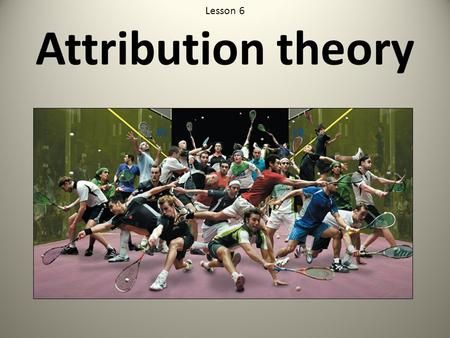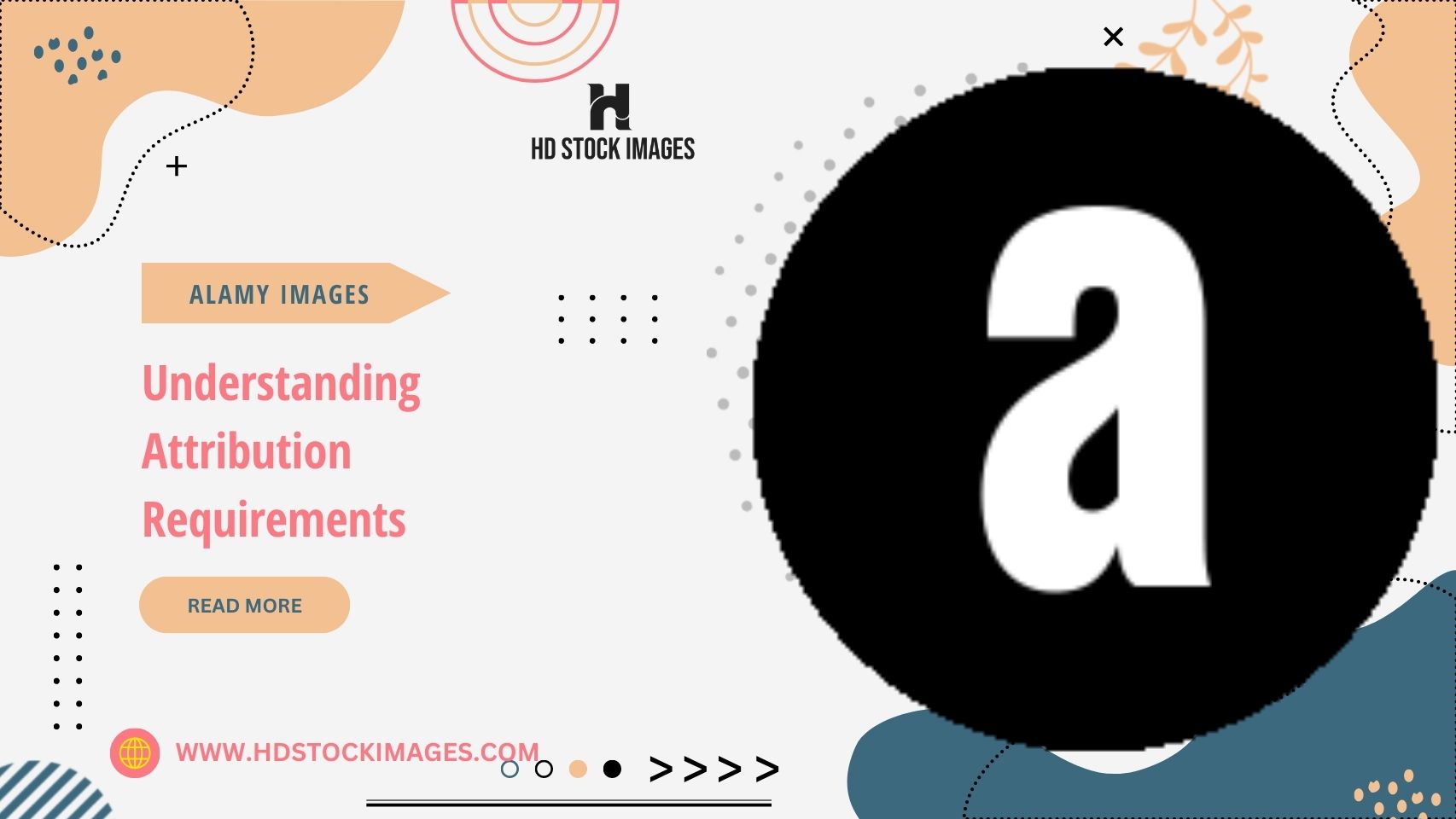1. Introduction:
Properly crediting and attributing images is essential for honoring the rights of image creators and maintaining ethical practices in image usage. Image attribution demonstrates respect for intellectual property and allows others to locate and access the original source of the image.
Alamy is a renowned online stock image agency that offers a vast collection of high-quality images from various genres and categories. The purpose of this outline is to provide educators with a clear understanding of the attribution requirements specific to Alamy images. By comprehending and adhering to these requirements, educators can ethically and properly credit the image creators while incorporating Alamy images into their educational materials.
Also Read This: The Review Relay: Importing AliExpress Reviews to Shopify
2. Understanding the Importance of Image Attribution:

A. Recognizing the rights of image creators:
Image creators invest their time, effort, and creative skills into producing visual content. Proper attribution acknowledges their ownership and authorship, giving them the credit they deserve for their work.
B. Acknowledging the intellectual property of the image:
Images are protected by copyright laws, and attributing them correctly respects these legal rights. By providing proper attribution, educators demonstrate their commitment to upholding intellectual property rights and setting a positive example for students.
C. Promoting ethical and responsible image usage:
https://hdstockimages.com/alamy-downloader/Image attribution goes beyond legal compliance; it is an ethical responsibility. Teaching students the importance of crediting image sources encourages them to develop a sense of integrity, honesty, and respect for intellectual property in their own academic and creative endeavors.
D. Facilitating access to the original source:
Attribution enables others, including students, researchers, and the general public, to locate and access the original source of the image. This promotes transparency, authenticity, and the ability to verify information, contributing to a trustworthy and reliable educational environment.
E. Fostering collaboration and recognition:
Proper attribution creates a collaborative atmosphere by acknowledging and appreciating the contributions of image creators. It encourages dialogue, builds relationships, and opens doors for future collaborations with talented creators.
Understanding the significance of image attribution lays the foundation for responsible and ethical image usage. By attributing images correctly, educators contribute to a respectful and lawful educational environment while fostering a sense of integrity and appreciation for the work of image creators.
Also Read This: Cart Chronicles: How to Add Items to Your Cart on AliExpress
3. Overview of Alamy's Attribution Requirements:
A. Explaining Alamy's attribution requirements for image usage:
Alamy has specific guidelines regarding how images from their platform should be attributed. These requirements ensure that image creators are properly credited and their intellectual property rights are respected.
B. Understanding the specific guidelines provided by Alamy:
Educators should familiarize themselves with Alamy's attribution guidelines, which may be outlined on their website or within their licensing agreements. These guidelines provide specific instructions on how to attribute Alamy images in educational materials.
C. Importance of adhering to Alamy's requirements to maintain compliance:
Adhering to Alamy's attribution requirements is crucial to maintain compliance with their licensing agreements and usage policies. Failure to follow these requirements may result in copyright infringement or breach of contract, which can have legal consequences.
By understanding and adhering to Alamy's attribution requirements, educators can ensure that they properly attribute the images they use from the platform. This not only demonstrates respect for image creators but also ensures compliance with Alamy's licensing terms and helps maintain a positive relationship with the platform.
Also Read This: Here Is How to Download Facebook Stories
4. Elements of Proper Image Attribution:
Proper attribution should include the name of the image creator or copyright holder. This allows for proper recognition of the individual or entity who owns the rights to the image.Including a brief description or title of the image provides context and helps identify the specific image being attributed. It allows others to understand the subject or content of the image.Proper attribution should specify Alamy as the source of the image. This indicates where the image was obtained and acknowledges the platform from which it was sourced.
Mentioning the license type of the image, such as Royalty-Free or Rights-Managed, provides important information about the permissions and restrictions associated with the image. This ensures transparency and compliance with the specific terms of the license.Including a direct link or URL to the image on the Alamy website allows others to easily access the original source of the image. This provides a means for verification and further exploration of the image if needed.
By including these elements in image attribution, educators provide comprehensive information about the image's creator, source, and licensing, allowing proper recognition and traceability of the image's origin.
Also Read This: Wondering What Does Taking a Break Mean on Facebook? Here it Is Explain in Easy Way
VI. Guidelines for Consistent Image Attribution:
A. Consistency in citation style:
It is essential to maintain consistency in the citation style used for attributing Alamy images. Determine the citation style required or recommended by your educational institution or choose a widely accepted style such as APA, MLA, or Chicago. Consistency ensures clarity and professionalism in your attribution practices.
B. Placement of attribution:
Attribution should be placed in a location that is easily visible and associated with the image. Typically, the attribution can be positioned directly below or adjacent to the image. Alternatively, it can be placed in a caption or footnote within the educational material. Ensure that the attribution is clearly linked to the specific image being referenced.
C. Formatting considerations:
Pay attention to formatting details to maintain a polished and professional appearance in your attribution. Consider aspects such as font size, style, and color to ensure legibility and consistency with the overall design of the educational materials. Aim for a visually appealing presentation that complements the image and the surrounding content.
D. Including required elements:
Whenhttps://hdstockimages.com/alamy-downloader/ attributing Alamy images, ensure that all the required elements are included, such as the image creator's name, image title or description, source (Alamy), license information, and a link or URL to the image. These elements provide a comprehensive attribution that allows for proper recognition and traceability of the image's origin.
E. Providing clear instructions to students:
If students are involved in creating educational materials or presentations, provide clear instructions on how to attribute Alamy images consistently. Explain the importance of proper attribution and guide them on including the necessary elements and formatting considerations. This empowers students to practice responsible image usage from an early stage.
By adhering to these guidelines, educators can ensure consistent and professional image attribution practices. Consistency in citation style, proper placement of attribution, attention to formatting details, inclusion of required elements, and providing clear instructions to students contribute to an overall cohesive and respectful approach to image attribution.
So @OFOCBrexit, @Femi_Sorry claims to have legal training ...
Why then does he use @Alamy stock photo replete with watermarks in this video ?
I hope he paid for it - if not somebody else will be after him
He can't run the 'ignorance of the law' defence with his background LOL pic.twitter.com/ucPVinU3nY
— Owain Powell-Jones (@owainpj) July 23, 2019
Also Read This: Adobe Stock Contributor Earnings: Understanding How Much You Can Make
FAQ:
- What are some examples of good attribution practices?
Here are some examples of good attribution practices:
- "Image credit: Alamy/John Smith"
- "Image courtesy of Alamy/John Smith"
- "This image was taken by John Smith and is available from Alamy."
- "The image above is from Alamy and was created by John Smith."
Sure, here are 5 more FAQ for Crediting Alamy Images: Understanding Attribution Requirements:
2. What are the different ways to attribute an Alamy image?
There are a few different ways to attribute an Alamy image. You can:
- Include a credit line in the text of your work. This is the most common way to attribute an image. The credit line should include the name of the image, the name of the photographer, and the copyright notice.
- Provide a link to the Alamy page for the image. This is a good way to give users more information about the image. The link should be placed in a prominent location, such as the bottom of the image or in the caption.
- Use the Alamy watermark that is included with the image. The watermark includes the name of the image, the name of the photographer, and the copyright notice. However, the watermark may not be visible in all cases.
- How do I attribute an Alamy image?
There are a few different ways to attribute an Alamy image. You can:
- Include a credit line in the text of your work.
- Provide a link to the Alamy page for the image.
- Use the Alamy watermark that is included with the image.
- What information do I need to include in the attribution?
The information you need to include in the attribution depends on the type of license you have for the image. For a standard license, you need to include the following information:
- The name of the image.
- The name of the photographer.
- The copyright notice.
- A link to the Alamy page for the image.
For an extended license, you can also include the following information:
- The license type.
- The date the image was published.
- The Alamy ID for the image.
5. What are the best practices for attributing Alamy images in a blog post?
The best practices for attributing Alamy images in a blog post include:
- Include the attribution in the body of the post. This is the most important place to put the attribution, as it is the most likely place that people will see it.
- Use a clear and concise attribution. The attribution should be easy to read and understand.
- Use the correct information in the attribution. Make sure that you include the correct name of the image, the name of the photographer, and the copyright notice.
- Place the attribution in a prominent location. The attribution should be placed in a location where it is easy to see and read.
6. What are the best practices for attributing Alamy images in a video?
The best practices for attributing Alamy images in a video include:
- Include the attribution in the video description. This is the most important place to put the attribution, as it is the most likely place that people will see it.
- Use a clear and concise attribution. The attribution should be easy to read and understand.
- Use the correct information in the attribution. Make sure that you include the correct name of the image, the name of the photographer, and the copyright notice.
- Place the attribution in a prominent location. The attribution should be placed in a location where it is easy to see and read.
7. What are the best practices for attributing Alamy images in a social media post?
The best practices for attributing Alamy images in a social media post include:
- Include the attribution in the caption of the post. This is the most important place to put the attribution, as it is the most likely place that people will see it.
- Use a clear and concise attribution. The attribution should be easy to read and understand.
- Use the correct information in the attribution. Make sure that you include the correct name of the image, the name of the photographer, and the copyright notice.
- Place the attribution in a prominent location. The attribution should be placed in a location where it is easy to see and read.
- Where can I find more information about attribution requirements?
You can find more information about attribution requirements on the Alamy website. The website has a dedicated page that explains how to attribute Alamy images.
9. Is there anything else I should know about attributing Alamy images?
Yes, there are a few other things you should know about attributing Alamy images:
- You should always attribute Alamy images, even if you think they are in the public domain.
- You should be clear and concise in your attribution.
- You should use the correct information in your attribution.
- You should place the attribution in a prominent location.
- What are the best practices for attributing Alamy images?
The best practices for attributing Alamy images include:
- Always attribute images, even if you think they are in the public domain.
- Be clear and concise in your attribution.
- Use the correct information in your attribution.
- Place the attribution in a prominent location.
Conclusion:
Properly attributing Alamy images in educational materials is a fundamental practice that demonstrates respect for image creators, upholds intellectual property rights, and promotes ethical and responsible image usage. By following the guidelines outlined in this section, educators can ensure consistent and professional image attribution.
Understanding the importance of image attribution allows educators to appreciate the efforts of image creators and foster a culture of integrity and respect for intellectual property. By adhering to Alamy's attribution requirements, educators maintain compliance with licensing agreements and establish positive relationships with the platform.














